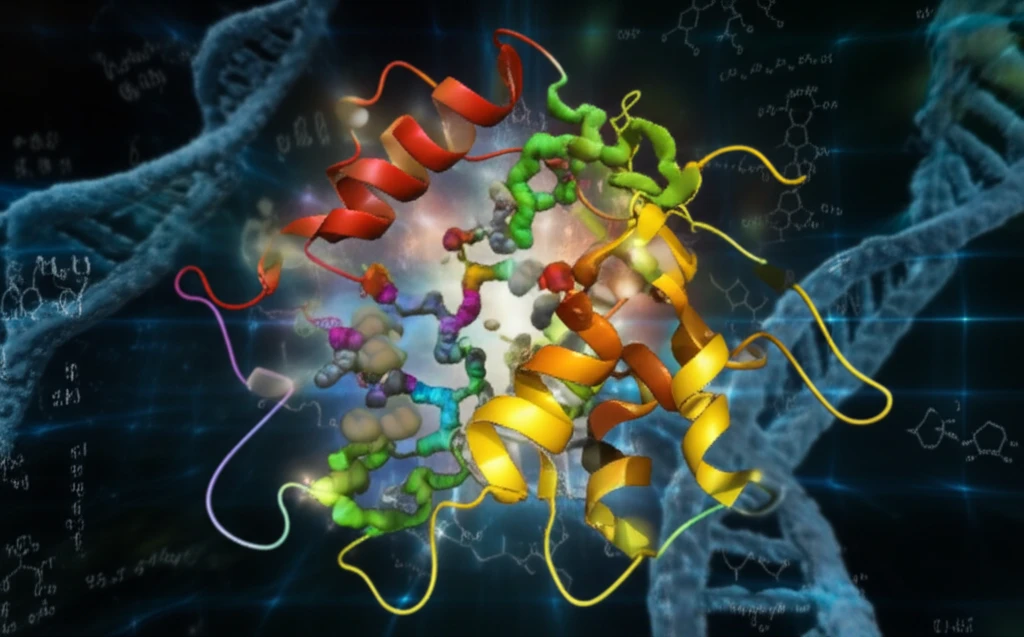
Decoding Enzymes: How Cutting-Edge Science is Revolutionizing Our Health
"From Food to Pharma: Unveiling the Power of Enzyme Catalysis Through Revolutionary Techniques"
Enzymes, the unsung heroes of our biology, orchestrate countless processes essential for life. These protein catalysts accelerate biochemical reactions, making everything from digestion to DNA replication possible. But understanding how enzymes work at a molecular level has long been a complex challenge. Now, a sophisticated technique called isothermal titration calorimetry (ITC) is offering unprecedented insights into the inner workings of these biological machines, promising to reshape fields from medicine to food science.
Imagine a world where diseases are targeted with surgical precision, where drug development is faster and more efficient, and where food production is optimized for both health and sustainability. This is the potential of harnessing the power of enzymes. With the help of ITC, scientists are not only decoding the secrets of enzyme behavior but also developing new ways to utilize this knowledge for the betterment of human health and the planet.
This article delves into the innovative world of isothermal titration calorimetry (ITC), exploring its pivotal role in characterizing enzymatic reactions. We will explore how ITC is used to measure the heat released or absorbed during a chemical reaction, offering a unique window into the dynamics of enzyme function. By examining the enzymatic hydrolysis of urea as a case study, we will see how ITC can quantify the kinetics and thermodynamics of enzyme-catalyzed reactions, and how this can revolutionize various scientific fields.
The Science Behind the Magic: Unpacking Isothermal Titration Calorimetry (ITC)

Isothermal titration calorimetry (ITC) is a powerful analytical technique that measures the heat changes associated with chemical reactions. The fundamental principle is simple: every chemical or physical process involves the release or absorption of heat. ITC detects these subtle thermal shifts, providing a direct measure of the energy changes involved in a reaction. This makes it an incredibly versatile tool for studying a wide range of biological processes, particularly those involving enzyme activity.
- High Sensitivity: ITC can detect minute heat changes, making it suitable for studying reactions with small energy changes.
- Label-Free: ITC does not require the use of labels or modifications to the molecules being studied, preserving their natural behavior.
- Versatility: ITC can be used to study a wide range of biological processes, including protein-ligand interactions, enzyme kinetics, and binding affinities.
- Real-Time Data: ITC provides real-time data on the reaction, allowing researchers to monitor the process as it happens.
The Future of Enzymes: A Catalyst for Change
The insights provided by ITC are setting the stage for transformative advances across various sectors, including pharmaceuticals, biotechnology, and environmental science. From designing more effective drugs to developing sustainable industrial processes, the ability to understand and manipulate enzyme behavior is offering exciting possibilities for the future. The ongoing research promises to expand our understanding of life's essential processes and revolutionize how we approach healthcare, food production, and environmental sustainability.
